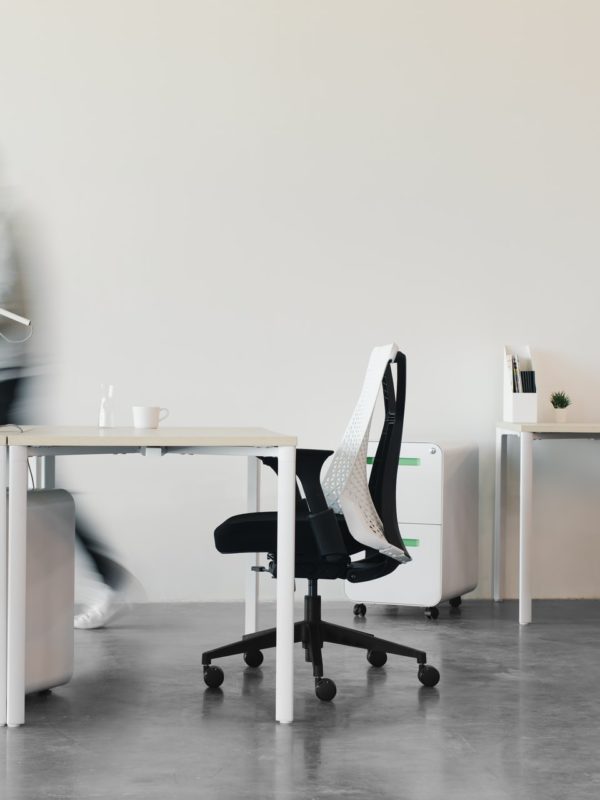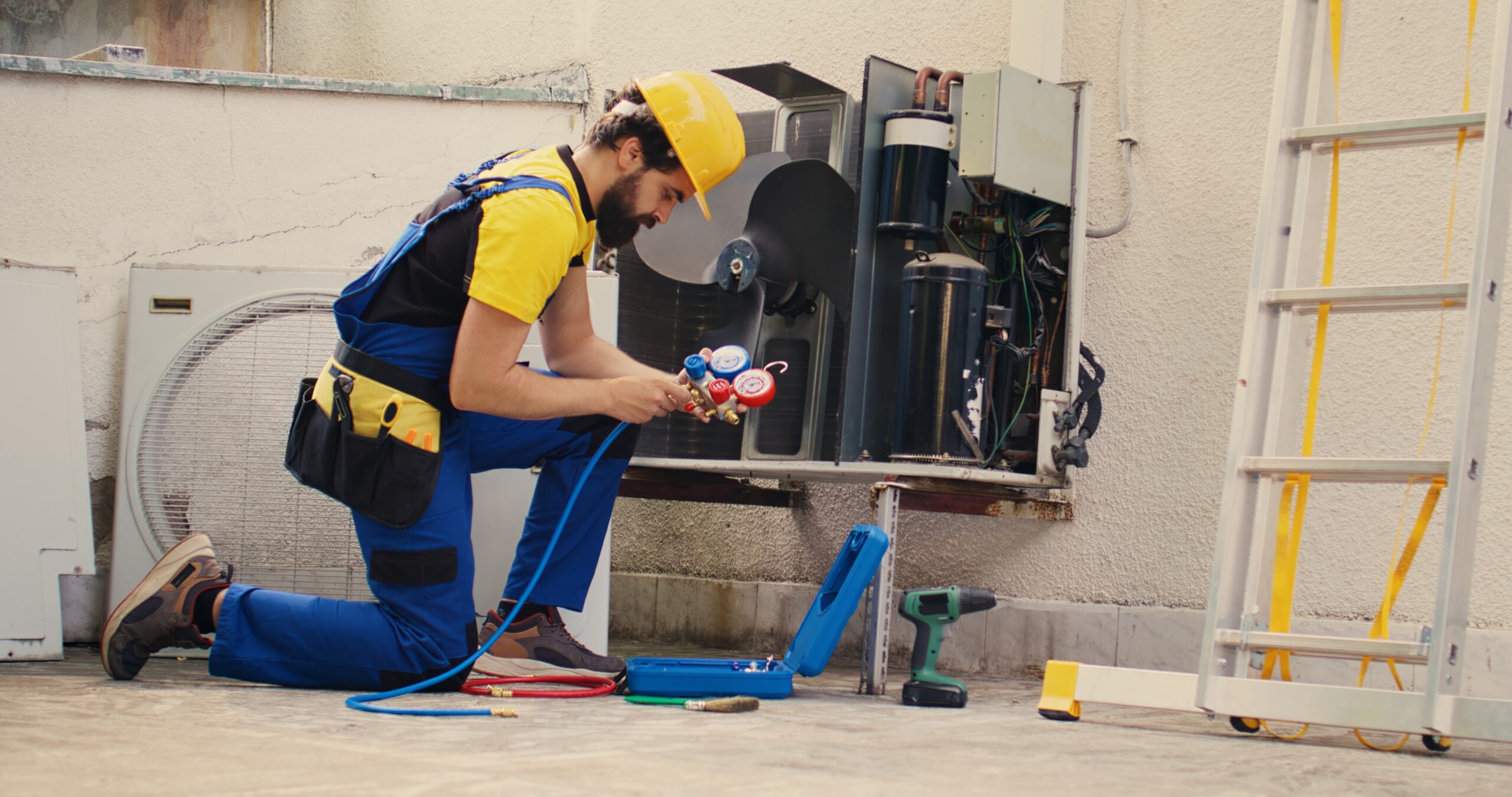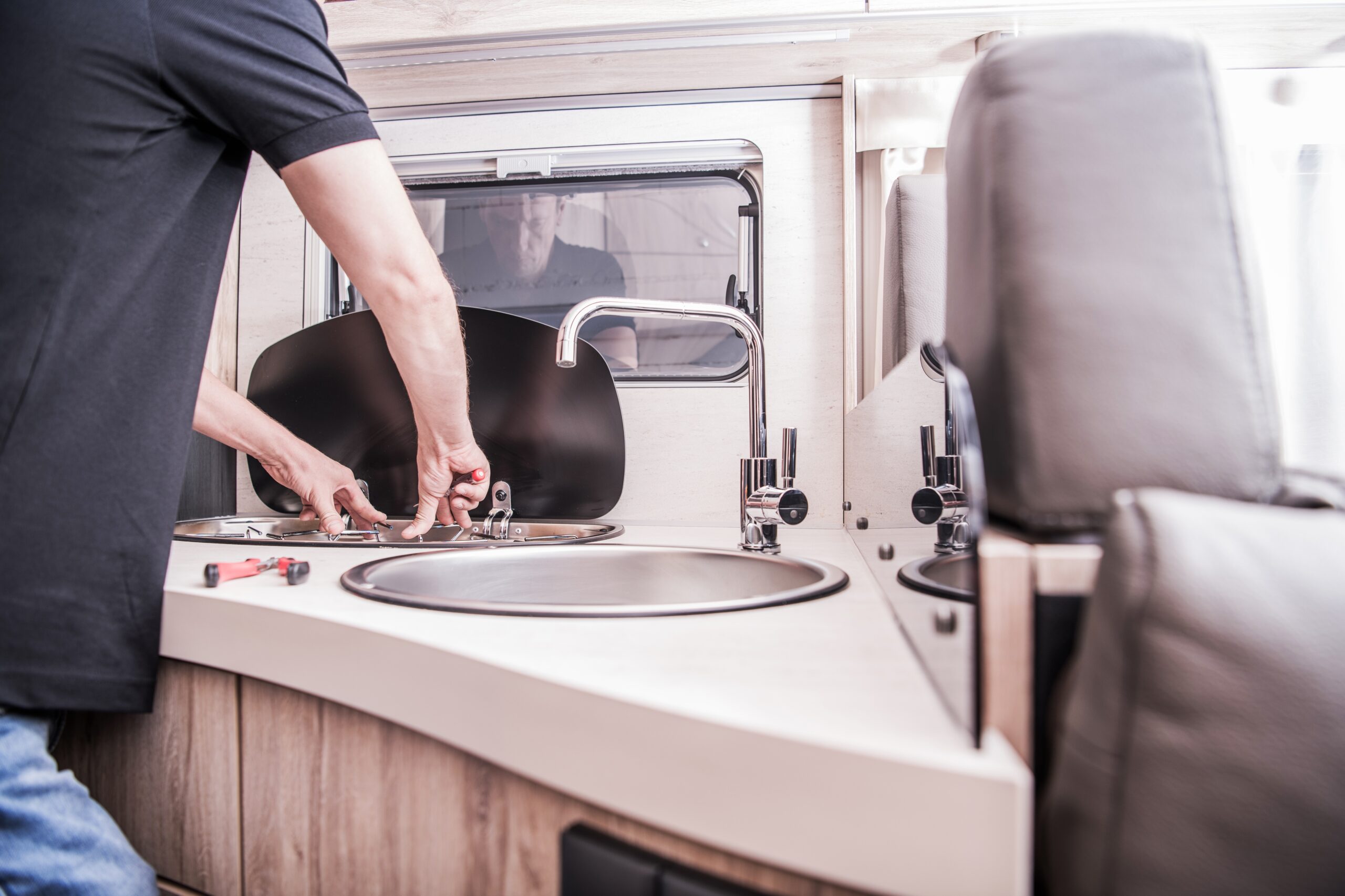When running an office, lowering overhead costs is critical to maximizing profits for the company. Overhead costs include mortgage or rent, insurance, utilities, and administrative costs. Unfortunately, there are some expenses you will likely have little to no control over. For example, mortgage or rent costs are generally dictated by the market so other than negotiating a lower rate, you will not be able to lower that payment.
Insurance is something you can shop around for, but you’ll have little control over the offers you receive from the insurance companies. Utility and energy costs for a commercial building will be the greatest area of flexibility because there are several steps you can take to lower your energy costs. Here are five examples of steps you can take to save energy and lower overhead costs for your office.
1. Get new doors and windows.

Drafty doors and windows present one of the greatest losses of energy in a house or commercial building. When you lose heat and air through doors and windows, your air conditioner or heating system will be running more than necessary to maintain the desired temperature.
This will also cause the filters to be replaced more often, and the HVAC equipment is serviced more frequently. While new doors and windows may present a significant upfront cost, the long-term savings will be significant if they are old and causing you to lose control over the temperature of the office space.
2. Upgrade the HVAC.

The HVAC system is what will provide the heating and cooling for the building. If you are running an old HVAC system, they are likely working harder than necessary to keep up with the demand. However, you can upgrade your commercial HVAC system to a new energy efficient system that will provide temperature control without the old system’s high energy use and cost. Scheduling regular maintenance for your commercial system will also ensure that problems are caught quickly.
Emergency maintenance calls will always be more expensive, so knowing when repairs will be needed or when it is time to replace your system will allow you to plan for those expenses. This will also allow you to have the filters replaced when appropriate and get a free estimate for upcoming repairs or replacements.
3. Utilize programmable thermostats.
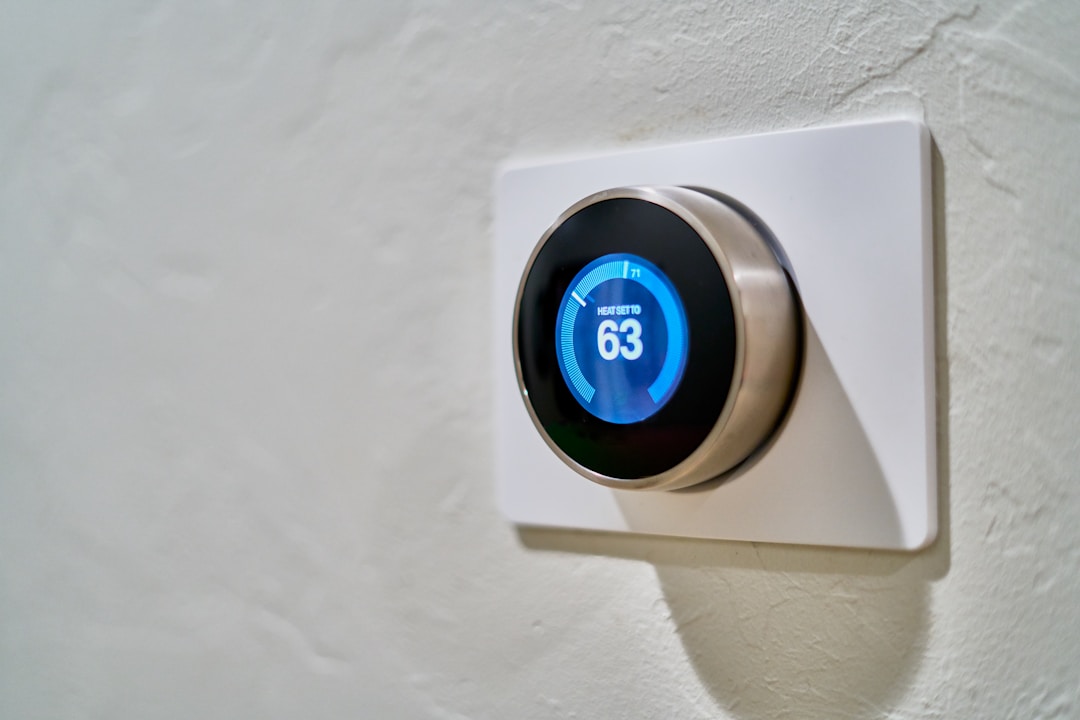
When you upgrade your HVAC system to an energy-efficient system, you can get a programmable thermostat that will allow you to raise or lower the temperature automatically to account for when the office is empty.
You can also ensure that the temperature is maintained consistently and employees are not changing the programmed temperature causing the HVAC system to run more than necessary.
4. Have the insulation checked.
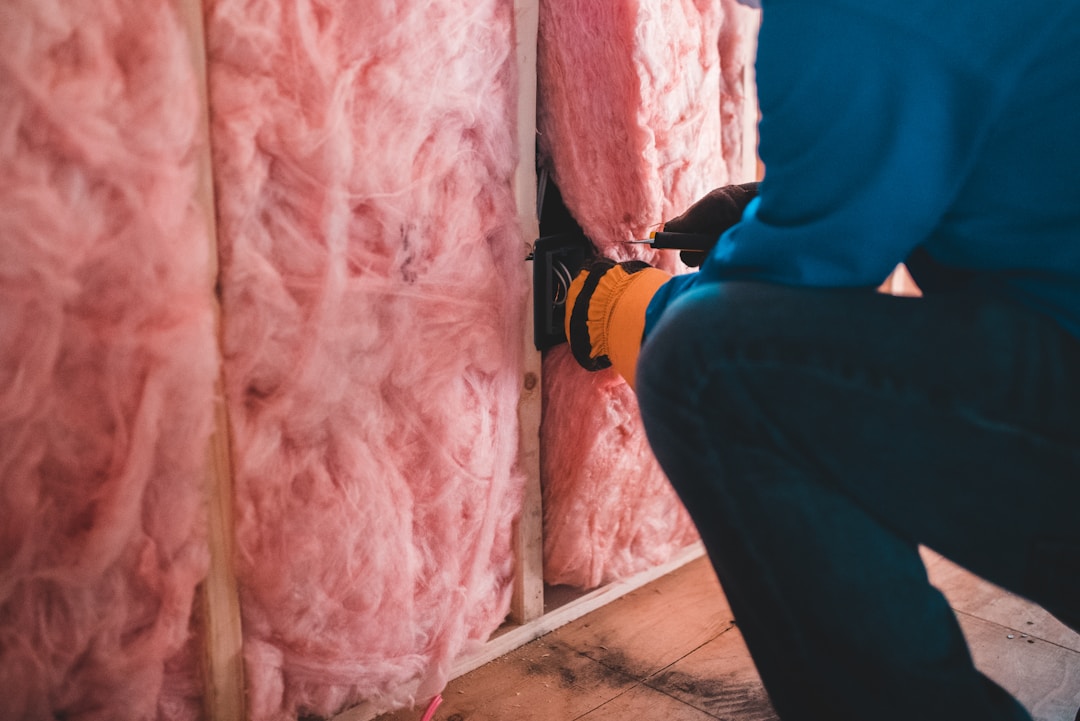
Another significant loss of temperature is caused by insufficient insulation. When your office does not have the appropriate amount of insulation, you will lose energy through the walls, which will cause the HVAC to run more than necessary to maintain the desired temperature.
You can have a professional insulation company come in and inspect the insulation in your building and provide an estimate of costs versus long-term savings, so you can determine the value of getting more insulation.
5. Install light timers.
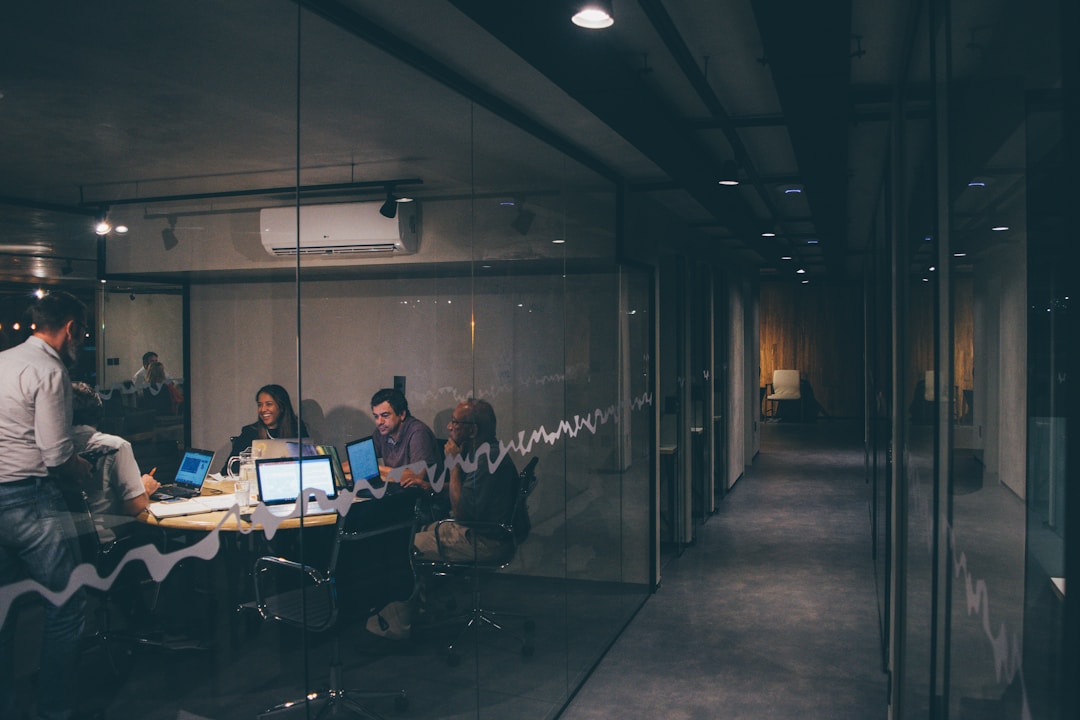
Like a programmable thermostat, light timers will ensure you are not wasting energy using it when it is not needed. Installing timers will guarantee all the lights are turned off when everyone leaves for the day. Motion-sensor lights will turn off when no one uses a space throughout the day, which will reduce energy usage even more.
This is particularly useful for areas that are not used often, such as storerooms or break rooms. You won’t have to worry about employees leaving the lights on when they leave a room.








